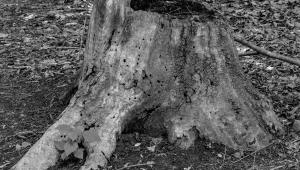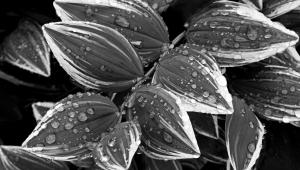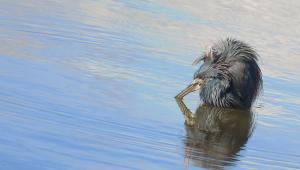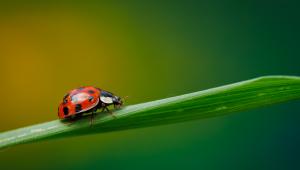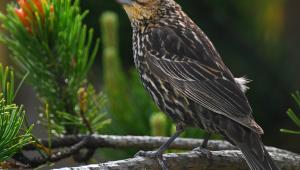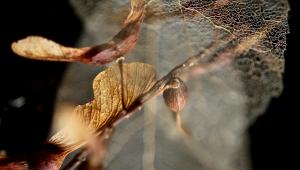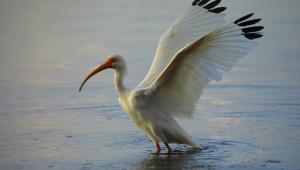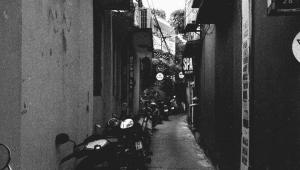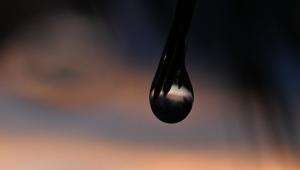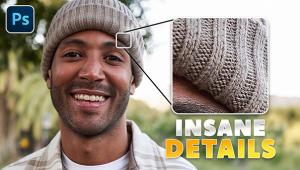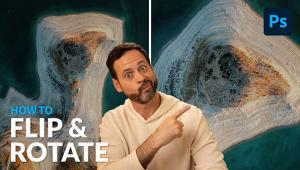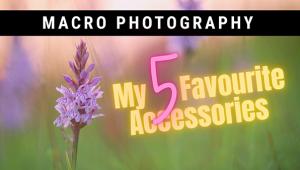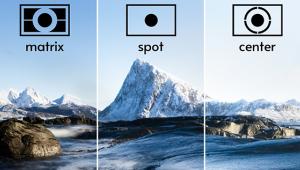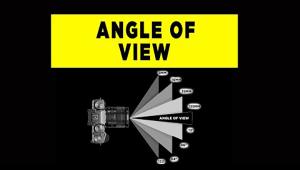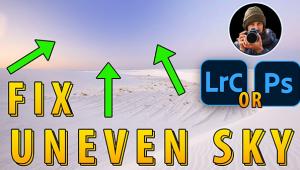Help
| Here is a quick tip
list on letters for the HELP! desk: Rebel 2000 Pre-Flash Thanks for sending your very excellent comments about the pre-flash light on the Canon (and most other brands of AF cameras I'm sure). As you indicate, the Canon help line should be able to assist this reader and others with Canon technical questions. Honeywell Strobe
Specs A. Heiland/Honeywell electronic flash units have not been around for many years. My files show several firms that work on older models of electronic flash units and power packs; possibly one or more of them can provide the information you seek. Please be aware that some of these listings are years old and the telephone area codes may have changed: Robal Company, Inc., 1545 No. Wilcox Ave., Hollywood, CA 90028, (213) 466-8662; Larry Light, 737 Steward Ave., Los Angeles, CA 90038, (213) 469-0972; TW Technical, 514-2 California Ave., Pittsburgh, PA 15202, (412) 766-1669; House of Batteries, 776 W. 19th St., Costa Mesa, CA 92627, (714) 642-8222; Amglo Kemlite Laboratories, Inc., 215 Gateway Rd, Bensenville, IL 60106; Glastronic Sales Co., PO Box 391, North Lima, OH 44452. Rollei Filters A. I assume you are looking for either bayonet mount filters or a bayonet mount adapter to use regular round series sizes of filters on your Rolleiflex. Although a few dealers and mail-order firms still carry filters, in recent years I have found the following firm to be a good source for most any type of adapter ring or reasonably priced filter. Just contact: The Camera People, PO Box 1069, Bayfield, CO 81122; (970) 884-6045; fax: (970) 884-4481; www.camerapeople.net. Sorry, I lost track of Spiratone years ago after they relocated from New York City to the Pittsburgh, Pennsylvania, area. They used to be an excellent source of odd photographic items. If any reader has had recent contact with them, I would appreciate getting a current address. Hawkeye Query A. My current, 11th edition of McKeown's Price Guide to Antique & Classic Cameras, 2001-2002 shows your box camera that uses 101 size film to produce 3.5x3.5" images was made from 1904-1915. They show a price of $30-$50 for it. This old rollfilm size has been unavailable for years. Glass Plate Processing A. Are
these exposed glass plates, or unexposed? If they are quite old exposed
plates, the latent image may be very weak and may not be salvageable.
If they are relatively fresh and unexposed raw film, you will first
have to obtain the very specialized holder needed to accommodate them
for exposure, probably in a view camera. I exposed and processed many
hundreds of 4x5 glass plates when doing experimental lens testing in
the Engineering R&D department of Argus Cameras way back in the
late 1950s. Each plate had to be very carefully processed separately
by hand because of the sharp edges and fragile glass. But who can process
glass plates today is something I really don't know. I suggest
you contact the Photo Marketing Association International, 3000 Picture
Place, Jackson, MI 49201, (517) 788-8100, and ask them. They have subgroups
including the Society of Photofinishing Engineers and also a directory
of member processing laboratories. I would think a non-automated lab
that does custom or industrial processing could provide the lab work
you seek. They have geographical breakdowns of these member labs, so
you should be able to locate one in the DC area and if one can do this
work. You might also want to check the Photo Lab Showcase ads in a recent
issue of Shutterbug and contact some of them to determine if any can
assist you. A. I assume you are referring to long roll 70mm film backs, not 70-exposure film for your Hasselblad. I was not aware that this size film was becoming difficult to obtain, but with all the changes and advancements in digital imaging, I'm sure other little used film formats are going to become increasingly difficult to obtain as well. My suggestion would be to contact Kodak's hotline at (800) 242-2424 and ask where 70mm film is still available today. In addition, I wonder whether a good 35mm SLR with an ultra-wide angle lens, probably 20-24mm, would not give you the quality of images you seek? Prints for reproduction in a book do not have to be enlarged much, so even 35mm negatives should be able to produce the needed quality. I realize you have a major investment in medium format equipment, but 35mm is much more portable. This probably does not fully answer your dilemma or questions. If any readers working with 70mm format with their Hasselblads write me with any suggestions or ideas, we will put them in touch with you. 1950s Kodaks A.
My 11th edition of McKeown's Price Guide to Antique & Classic
Cameras, 2001-2002 shows your Six-20 Brownie E is a box camera made
from 1946-1953. It is a metal camera that uses 620 film and has vertical
stripes on the front by the lens and finder windows. It also should
have flash contacts for plugging in an external flash. The value is
$12-$20. The Bakelite-body Pony II was made from 1957-1962 and has an
identical current value. A. I just spoke with a person at Kyocera, the importer of Yashica/Contax products in the U.S.A. Although they do have some Samurai parts, they do not do repairs. But, they told me this firm does: Nippon Photo Clinic, 920 Broadway, Suite 703, New York, NY 10010; (212) 982-3177. You might want to contact them to determine if they can fix your members' half-frame cameras. Tri-X Modern Developing
Times A. I sympathize with you but this just helps drive home the point that before you undertake first use of any new product, be extra careful to read the small print. And in this instance, even better, actually process a roll of non-critical film prior to processing something that's not replaceable. It does seem that Kodak is expecting quite a bit of experimentation on the user's part instead of providing a good benchmark processing time to try on the product instruction label. I suggest you give Kodak's information hotline, (800) 242-2424, a call and explain your problem to them. Hopefully, they can give you better, more accurate, time/temperature suggestions to use in the future with their new 400TX in HC-110 developer. Depth Of Field Query A. First, the depth of field will be considerably less if you switched to a 200mm medium telephoto prime lens (or a zoom lens including 200mm focal length), so I don't believe that would help at all. If you were taking your wildflower pictures at apertures of f/8 to f/22 you should have a good depth of field, especially at f/22. Were you shooting in aperture priority mode when you set the aperture yourself, then the camera selected the correct shutter speed? This would be preferable to using program automatic mode when a wider open aperture is often chosen. Try using aperture priority at f/16 or f/22, and also switch over to manual focus and manually set the focus for a plane about 1/3 back from the nearest and furthest points you want in sharp focus, to get the greatest depth. If the shutter speed the camera selects is not suitable for handheld exposures (typically 1/125 sec or faster), then use a tripod. You could also activate the depth of field preview on the camera to see an approximation of depth of field before you shoot. The obvious plane of sharp focus you obtained is typically a result of shooting with the lens about wide-open, probably f/3.5 or f/4 on your zoom lens. I'm puzzled that this happened at the small apertures you said you were using. TLR Film Wind A. Boy, that's a difficult TLR question to answer. I really don't have any idea how many turns it would take to advance the film the proper distance for the next exposure as I have never used this TLR and my Rolleicord IV has internal measuring of the film advance distance. Your older camera should allow you to advance the film with the camera back open. If so, you could load an expendable roll of film and then make a pencil mark on the paper backing at the bottom of the mask opening. Now wind the film forward until it just clears the top of the opening. Keep track of how many turns of the winding knob it takes to advance the film past the mask. Just to be safe, you might want to add a half turn extra. This might give you only 9 or 10 exposures per roll, instead of the normal 12 square exposures, but at least you should not have any overlapping. If any reader has a better technique or method of estimating the number of turns and lets us know, we will pass on the suggestion to you. |
